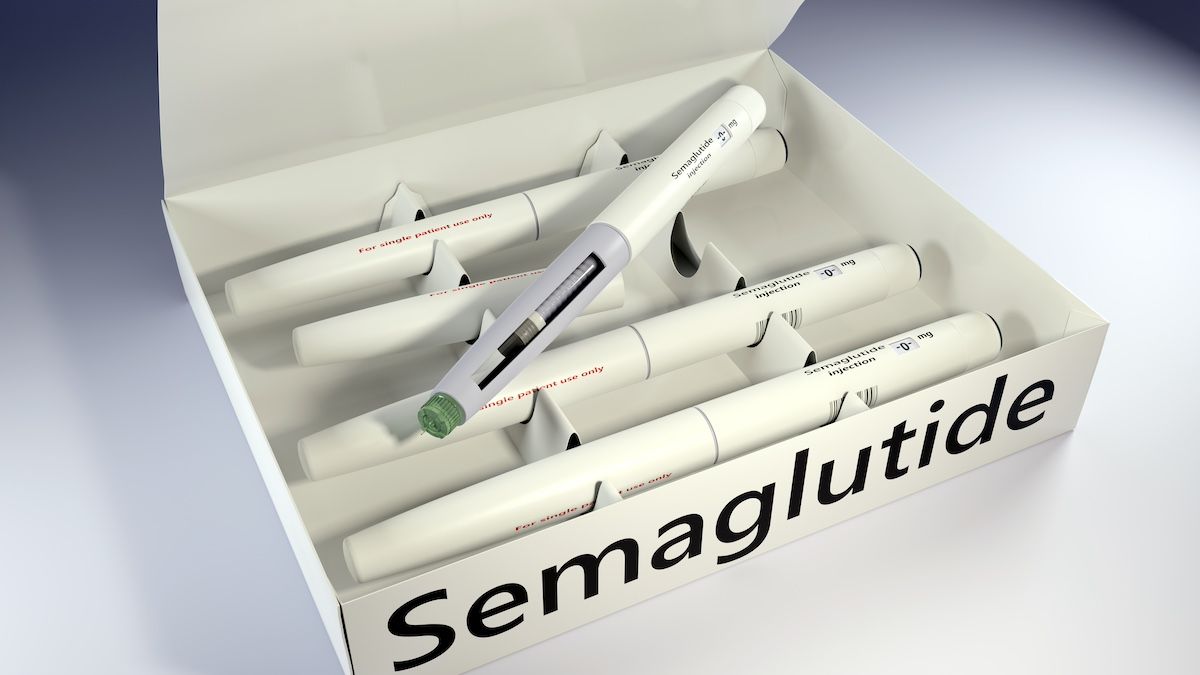Article
5 Things About Chronic Pain and Pain Management in the Age of Opioids
Author(s):
Payers and providers are looking to keep vulnerable patients in pain from becoming addicted to painkillers, but those who live with pain on a daily basis are understandably upset at the thought of losing access to medications they say keep them functional. Here are 5 takeaways from recent coverage about this important issue.
On Monday, July 9, the FDA is hearing from patients with chronic pain at a day-long meeting in an effort to understand “their perspectives on the impacts of chronic pain, views on treatment approaches for chronic pain, and challenges or barriers to accessing treatments.” The FDA is also accepting comments electronically until September 10.
The number of Americans living with chronic noncancer pain is thought to be about 100 million, according to one estimate. However, efforts to manage chronic pain have come under scrutiny because of the rising toll of deaths from prescription opioids and illicit synthetic opioids.
Payers and providers are looking to keep vulnerable patients in pain from becoming addicted to painkillers, but those who live with pain on a daily basis are understandably upset at the thought of losing access to medications they say keep them functional.
Here are 5 takeaways from recent coverage about this important issue.
1. More doctors are speaking out about leaving patients at risk of untreated pain.
Opioids should not be totally eliminated to treat chronic pain, providers say. But CMS and other payers, responding to voluntary guidelines passed by the CDC in 2016, are recommending that the average daily morphine milligram equivalents (MME) be set at 90 mg per day and that the duration be limited. As a result, providers writing prescriptions for more than that amount are frequently faced with “hard edits” triggering prior authorizations.
Although the guidelines were not intended to affect patients with cancer, they often do. A recent opinion column in JAMA Oncology said that inconsistencies and lack of evidence in opioid prescribing guidelines are confusing clinicians who care for patients with long-term cancer and survivors and have the potential to jeopardize patients’ pain management.
2. Payers and others need more information about the issue; prescription drug monitoring programs may vary.
One surprising finding of a recent study about payers is that some impose prescribing restrictions on non-opioids. Using the example of low back pain, a study in JAMA Open suggests that insurers could help to reduce opioid overuse by expanding access to non-opioid alternatives through improved coverage and reimbursement policies.
Another issue facing the entire healthcare system, including payers, pharmacy benefit managers, government officials, and others, are gaps in data, policy, and information that prevent improved prevention and treatment strategies to fight opioid use disorder (OUD) from taking hold in the first place.
One tool set up to fight OUD actually had the opposite effect, according to one study, which found limited evidence that prescription drug monitoring programs work as intended. Three of the studies reviewed actually found an increase in heroin overdose deaths after the programs began.
3. For acute pain, the recommendation is to try non-opioids first.
In an effort to improve the safety of opioid use while in the hospital and upon discharge, recommendations from the Society of Hospital Medicine suggests clinicians restrict the use of opioids to cases of severe pain or cases of moderate pain only in patients who do not respond to or cannot take non-opioid pain medications like acetaminophen or ibuprofen.
4. An old drug, ketamine, is making a comeback.
Ketamine infusions have been used since the 1960s for chronic pain. It also been used for severe depression, in emergency departments, in the perioperative period for individuals with refractory pain, and in opioid-tolerant patients. Recently, guidelines were released for the use of intravenous ketamine for chronic pain. These guidelines recommend that doctors consider subanesthetic ketamine infusions for patients undergoing painful procedures, those already dependent on opioids, those using opioids for chronic pain but who have an acute exacerbation, and others.
5. Could marijuana could have a role to play?
Earlier this year, 2 studies involving Medicare and Medicaid found some interesting associations between marijuana and the possibility that it helped patients cut back on prescription opioids.
One study looked at prescribing patterns for opioids in Medicare Part D and the implementation of state medical marijuana laws. Medicare Part D prescriptions for opioids fell by 2.21 million daily doses filled per year (95% CI, −4.15 to −0.27) when laws went into effect in a given state. The type of law implemented proved key, with greater reductions in opioid prescriptions observed in states with more structured laws that increased access to medical cannabis.
The other looked at Medicaid prescription data from 2011 to 2016 and found that both medical and recreational marijuana laws were associated with annual reductions in opioid prescribing rates of 5.88% and 6.38%, respectively.





